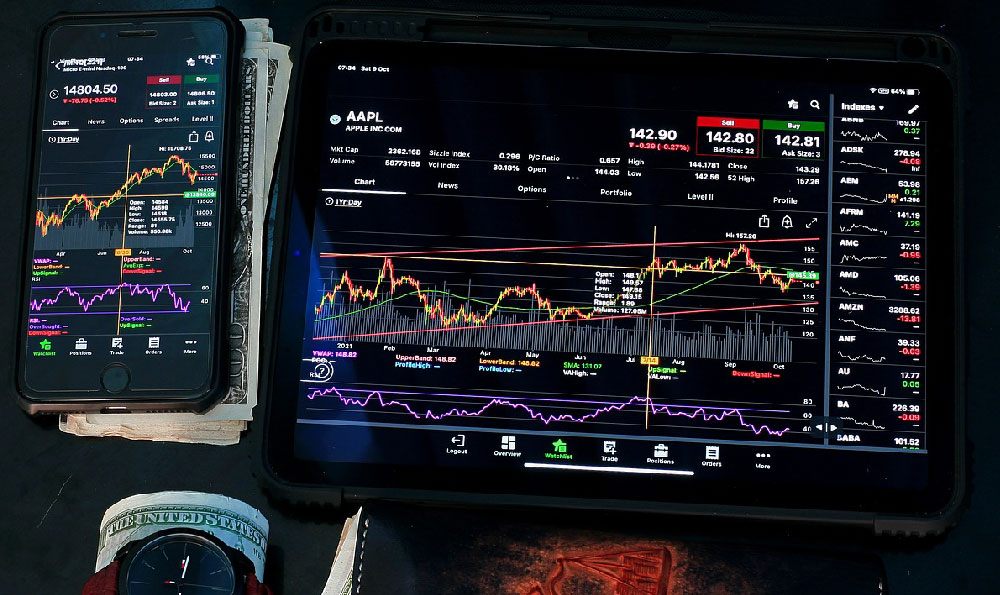Calculating investment return is fundamental to assessing the success of any investment strategy, including those involving cryptocurrencies. Understanding how to accurately measure your returns allows you to make informed decisions, compare different investment opportunities, and adjust your approach for optimal performance. There isn't a single "best" approach, as the ideal method depends on the complexity of your portfolio and the level of detail you require. However, let's explore some common and useful methods, highlighting their strengths and weaknesses in the context of crypto investments.
One of the simplest methods is the Simple Rate of Return (SRR). This calculation focuses on the change in value of your investment over a specific period. It is calculated as:
SRR = (Ending Value - Beginning Value) / Beginning Value

For example, if you invested $1,000 in Bitcoin at the beginning of the year and your investment is now worth $1,500, your SRR would be ($1,500 - $1,000) / $1,000 = 0.5 or 50%.
The advantage of SRR lies in its ease of calculation and understandability. It provides a quick snapshot of your investment's performance. However, its simplicity is also its weakness. SRR doesn't account for the time value of money or any cash flows (deposits or withdrawals) made during the investment period. In the volatile world of cryptocurrency, frequent trading and staking rewards are common, rendering SRR less accurate for many investors. Imagine you added another $500 halfway through the year and then withdrew $200 after a short term profit. The simple return is no longer a true reflection of your performance.
To address the limitations of SRR, the Holding Period Return (HPR) is an improvement. HPR calculates the total return earned from holding an asset over a specified period, taking into account any income received during that period, like staking rewards from participating in a Proof-of-Stake crypto network or yield farming returns.
HPR = (Ending Value - Beginning Value + Income) / Beginning Value
Let's say you invested $1,000 in Ethereum, received $50 in staking rewards, and your investment is now worth $1,600. Your HPR would be ($1,600 - $1,000 + $50) / $1,000 = 0.65 or 65%.
While HPR is better than SRR, it still doesn't adequately handle situations with multiple deposits and withdrawals. It also assumes that the income received is held until the end of the investment period, which might not be the case.
For a more precise calculation, particularly when dealing with multiple cash flows, the Time-Weighted Rate of Return (TWRR) is a valuable tool. TWRR breaks the investment period into sub-periods based on cash flows (deposits or withdrawals). It calculates the return for each sub-period and then geometrically links those returns to determine the overall return. This method eliminates the impact of the timing and size of cash flows, providing a more accurate representation of the investment manager's or strategy's performance.
Here's how TWRR generally works. First, calculate the return for each sub-period. Then, add 1 to each sub-period return. Next, multiply all the (1 + sub-period returns) together. Finally, subtract 1 from the result to get the TWRR.
Example: You start with $1,000. After 3 months, it's worth $1,200. You then deposit another $800, bringing your total to $2,000. At the end of the year, the portfolio is worth $2,200.
Sub-period 1 return: ($1,200 - $1,000) / $1,000 = 0.2 or 20% Sub-period 2 return: ($2,200 - $2,000) / $2,000 = 0.1 or 10%
TWRR = (1 + 0.2) * (1 + 0.1) - 1 = 1.2 * 1.1 - 1 = 1.32 - 1 = 0.32 or 32%
TWRR is particularly useful for comparing the performance of different crypto assets or investment managers, as it removes the distortion caused by investor cash flows.
Another crucial metric, closely tied to return calculation, is the Annualized Return. This expresses the return as if it were earned over a one-year period. It's essential for comparing investments with different time horizons. The formula for annualizing a return is:
Annualized Return = (1 + Holding Period Return)^(1 / Holding Period in Years) - 1
For instance, if you earned a 10% return in 6 months, the annualized return would be (1 + 0.1)^(1 / 0.5) - 1 = 0.21 or 21%.
Annualizing allows for a fair comparison between a short-term trade and a long-term investment.
Beyond simple calculations, you should also be aware of Risk-Adjusted Return metrics. These metrics consider the level of risk taken to achieve a certain return. Common examples include the Sharpe Ratio (which measures excess return per unit of total risk) and the Sortino Ratio (which measures excess return per unit of downside risk). These are more advanced concepts, but are particularly relevant in the volatile crypto space, as high returns often come with high risk. A high return is less impressive if it came with unacceptable risk.
In the context of cryptocurrency, considering taxation is also extremely important. Capital gains taxes on crypto profits can significantly impact your net returns. Factor in your local tax laws when calculating your investment return to get a true picture of your financial outcome. Keep accurate records of your crypto transactions, including purchase dates, prices, and sale dates, to facilitate accurate tax reporting.
Finally, remember that no single metric tells the whole story. Analyze your investment performance from multiple angles, using a combination of the methods described above. Regularly review your investment strategy and adjust it based on your risk tolerance, financial goals, and market conditions. While calculating investment return is crucial, always prioritize understanding the underlying technology, market dynamics, and potential risks associated with the specific cryptocurrencies you are investing in. Diligence and continuous learning are key to success in the dynamic world of crypto investment. Consider using portfolio tracking software or spreadsheets to automate these calculations and gain deeper insights into your investment performance.












